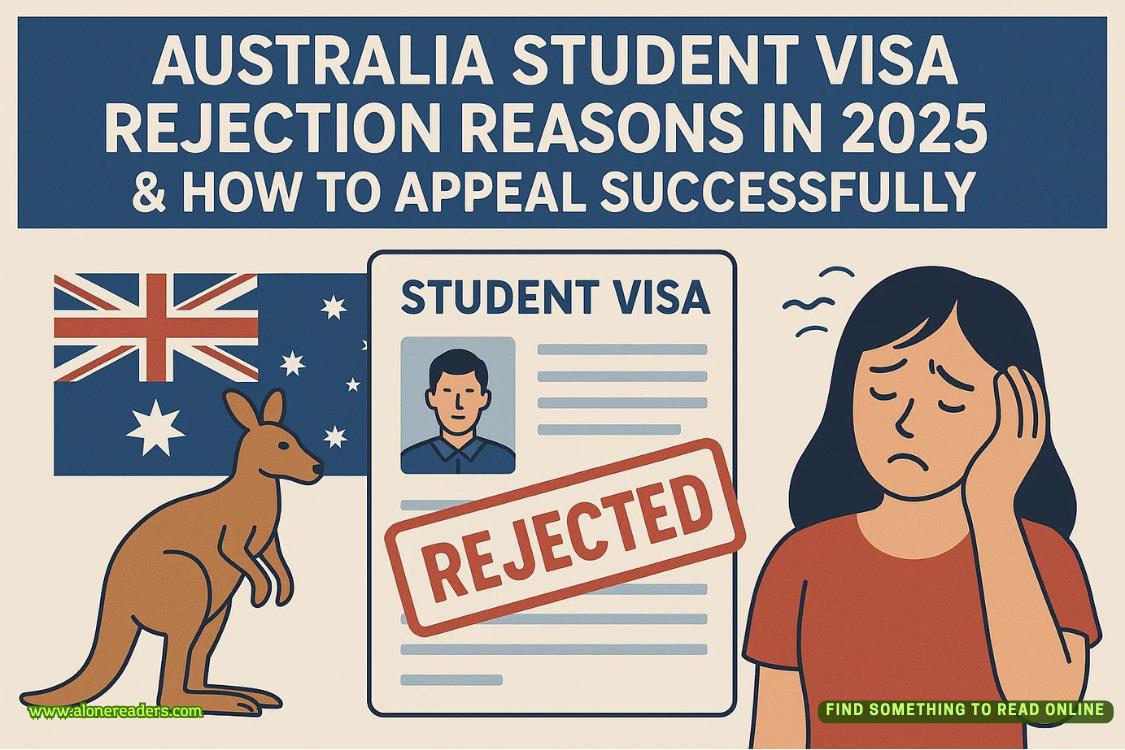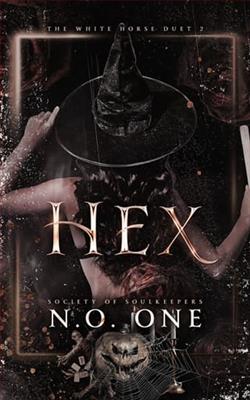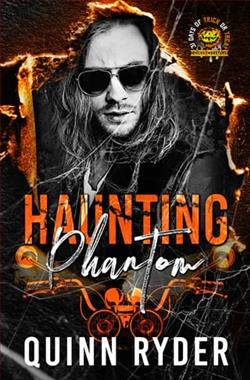A forensic specialist was on the stand, explaining the fiber analysis process that had linked threads from the victim’s sweater—found on what was left of his body—to the interior of the defendant’s trunk.
“But that’s a common garment, isn’t it?” the defense lawyer said. “That sweater is widely available?”
“Objection, Your Honor. Leading the witness.”
“Sustained.”
The defense lawyer rephrased. “To the best of your knowledge, was the sweater in question unique to the victim?”
“No, it wasn’t hand-knitted or anything like that. It was from a department store.”
“A local department store?”
“Yes.”
“Your Honor, I would like to introduce Exhibit K, a photograph of the contents of the defendant’s own closet, laid out and numbered. Dr. Rose, would you please turn your attention to item number six. Can you identify this garment?”
She should have gotten another one of Bruce’s caramel coffees.
“It’s a sweater.”
“Would you say that it’s similar to the sweater worn by the victim?”
The doctor lowered her glasses and squinted at the picture. “Yes. It’s the same brand and color. Navy blue, same cut. Men have such safe tastes when it comes to business-wear.”
Tiffani suddenly wanted to have drinks with this woman. She had the feeling she would be a lot of fun.
“So the fiber particle discovered in the defendant’s trunk could easily have come from his own clothing.”
“Objection, Your Honor. Not a question.”
“I could tilt my voice up at the end if you want, counsel,” the defense lawyer said archly, winning a laugh from the courtroom that was not, under any circumstances, suppose to laugh. “But fine. It’s all right, Your Honor, I’ll rephrase. Could the fiber particle discovered in the defendant’s trunk have come from his own clothing?”
“Yes, it could.”
“None of the victim’s blood was discovered on this fiber?”
“No, it was not.”
“Thank you, Dr. Rose.”
“So now you care about this?”
Tiffani had already typed the question before she realized that it had come from an entirely new voice, one she had never heard before. The lawyers had all taken their seats again. This question came from further back, somewhere behind her. Out in the peanut gallery.
It was a kid.
A punk kid, she remembered Colby saying, back when all of this had first started. He had said he was a punk kid once.
And this kid did look like the kind that would get described, unironically, as a punk kid—he looked to be about fifteen, with an eyebrow piercing and a nose ring. He had tattoos that snaked up his arm, a heavy scowl, a serious acne problem, and a gun.
Pointed straight at McMillan.
The kid was crying, and his crying was messy and real. He kept sniffling and wiping at his nose with his sleeve.
His vision must be blurred, Tiffani thought, surprised by how crystal-clear her mind felt. No, ice-clear. She was frozen. That could be bad. Not being able to hit what he aims at doesn’t mean he won’t hit something—or someone—else.
“Now you care?” the kid said again. “About evidence? About fibers? About blood? You didn’t care when it was me!”















